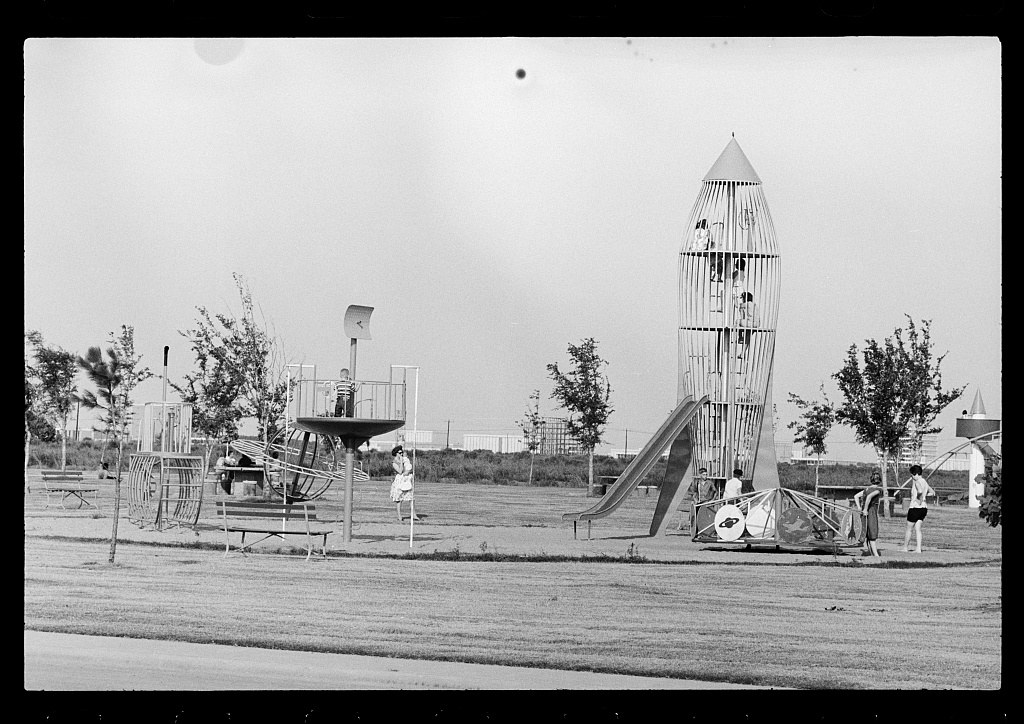
Sometimes, you encounter unexpected gems while eating a popsicle and surfing the internet. I have written about the rocket located at Rose Hill Park in Port Arthur. I have many fond memories of climbing inside and outside the three-tier structure. As a kid, that rocket took us to many strange new worlds, but it tended to freaked out our parents when they found us near the top outside the bars.
I have always wanted to find a photo of the rocket slide, but I fear that one doesn’t exist. Yesterday, a social media site posted a picture that was similar to the Rose Hill Park rocket, and I did what all of you do on social media—I nicked it. The photo was taken in a Houston park around 1965. I assume that many kids there did the same thing we did and hope that they survived. I miss a few things from my childhood, and the rocket is number one on the list. If anyone remembers this three-tier gem, I hope that you enjoy the photo from the Texas Chronicles: History, Mystery and Adventure Facebook page. I’ll leave a link at the bottom so that you can praise them for their content . . . or nick their photos. But I digress.
While listening to an audiobook called Haunted in America, the author mentioned both the Alamo and the Emily Morgan Hotel, which stand next to each other. I have visited both, and no, nothing out of the ordinary happened, except for one time. After checking into our room at the Emily Morgan, we opened the door to discover the remnants of some sort of party held the night before. I assumed that this was not paranormal, as garbage and wine glasses were in the room. Possibly, housekeeping missed it. I’m not Wanda, so I understand both the pluses and minuses of service work. We quickly got another room on the eleventh floor, from which we could peer into the back part of the Alamo. I should add that someone who’s not a ghost greeted us at 6:30 a.m. by using a blower eleven stories below to get the grounds ready for the day’s tours. I never realized that gas blowers could be heard eleven stories up in a hotel room. I guess I’ll take this into account at work because people in the Oaks District might be a little unhappy with this scenario.
Yes, both the Alamo and the Emily Morgan are supposedly haunted, but back in the 2000s, I didn’t get into the ghostly history of San Antonio. Actually, I’m not a fan of the 300-year-old city, but a friend, Charles Irwin, was from there, and he pointed out what I should see when I visit, and the Spanish Missions were on the list. They were interesting, and the history was somewhat fascinating, but I’lwondered why there was no gas station within 10 miles of the Alamo. Just saying. I also uncovered something at the Emily Morgan that I couldn’t explain. When checking the room service menu, I noticed a dog bowl, which was $35 in 2007. Sorry, Snoopy, but no!
This past week featured International Women’s Day, and I want to mention a few names in this blog that I’ve brought up during my eleven-year run. These SETX residents, while not internationally known, deserve praise for lives well lived and making our world a better place.
Blanche Morgan is a name that most will not recognize, but she was inspiring all the same. Her story was sent to me by a reader. Imagine that you’re married with three children (and another one on the way) and that your husband gets killed. This was Blanche Morgan’s fate, and after her husband’s death in 1917, she spent 35 years working at the Gulf refinery. Not to bad-mouth Gulf refinery workers, but a widow with four children would not have been treated like a delicate flower at the time—or any time since. Please keep this in mind.
After her retirement in 1952, she enrolled at Lamar Tech to study religious education and earned a degree. Her story can be read at the link below.
Ida Luvonia Graham, along with her husband Charles Frank Luckett Nordman Graham, Ida spent her life aiding people in the African-American community. Ida (and her husband) played huge roles in, for example, helping the needy through the Christmas Tree project (1920), organizing the first black YMCA (1930), helping plan a YWCA (1931), and improving race relations in Beaumont.
I’ll have more names for you next week but will leave you with some that are controversial—yep, Rita, Grace, and Nelda.
Rita Ainsworth
Well, anyone who knows the history of Beaumont knows this name. Rita was the owner of the Dixie Hotel, and she was quite a businesswoman. The Dixie was different from other hotels in Beaumont because patrons rarely slept there. You see, Rita was actually a madam and did very well through the years before the James Commission shut the bordello down in the 1960s.
Two things always noted about Rita Ainsworth are her philanthropy and charity. Some say she had a heart of gold. Among the recipients of her wealth were churches and Little League baseball teams, and legend has it that she sponsored a priest through seminary training. She also reserved the third floor of her establishment for older men with no other place to go. While most other hotels charged a dollar a day for rent , Rita’s monthly bill of seven dollars included meals.
Grace Woodyard
Speaking of bordellos, I could not pass over this Port Arthur entrepreneur. Like Rita, Grace ran a very successful business; however, unlike Rita, Mrs. Woodyard’s clientele tended to be the multitudes of seaman entering the port of Port Arthur. As the story goes, the City of Port Arthur could not pay its electricity bill, so being a good citizen (along with the ability to look the other way), she paid it in full. Her reign ended when the James Commission moved in.
For good reads and more on the histories of both Rita and Grace, please check out the book Betting, Booze, and Brothels by local authors Wanda A. Landry and Laura C. O’Toole.
Nelda Stark
Whatever side of the history fence you are on, you cannot make a list like this and not include Nelda Stark. She had an interesting life. There is a bit of controversy about how history should perceive her, so to represent both sides, I will provide two links:
http://starkfoundation.org/about-the-foundation/founders/nelda-childers-stark/
http://www.ifthedevilhadawife.com/
Good luck and God Speed!

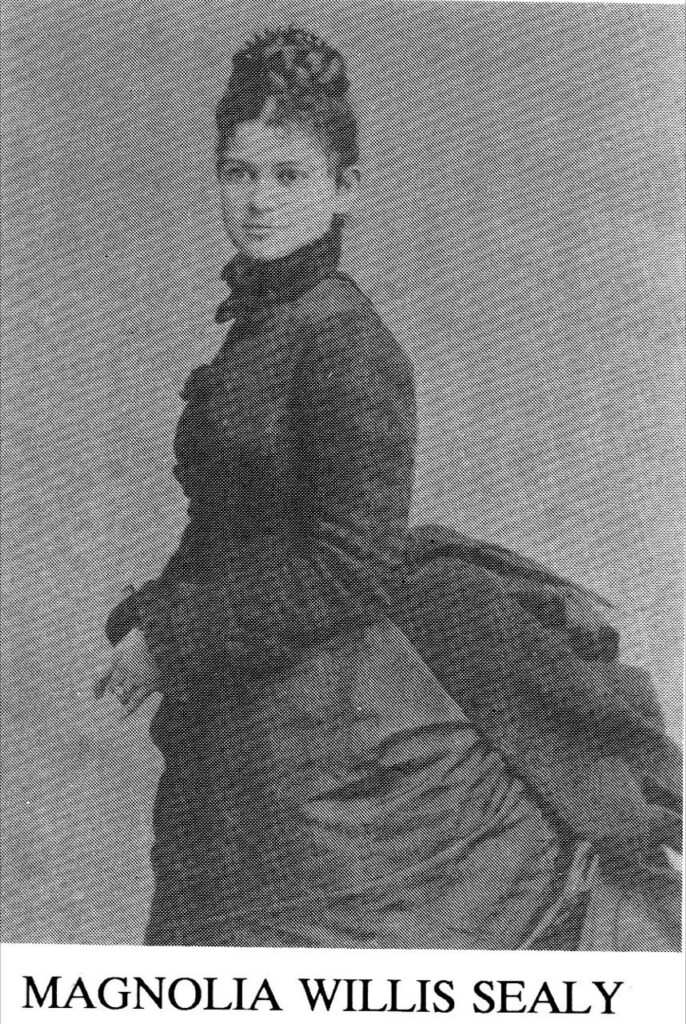



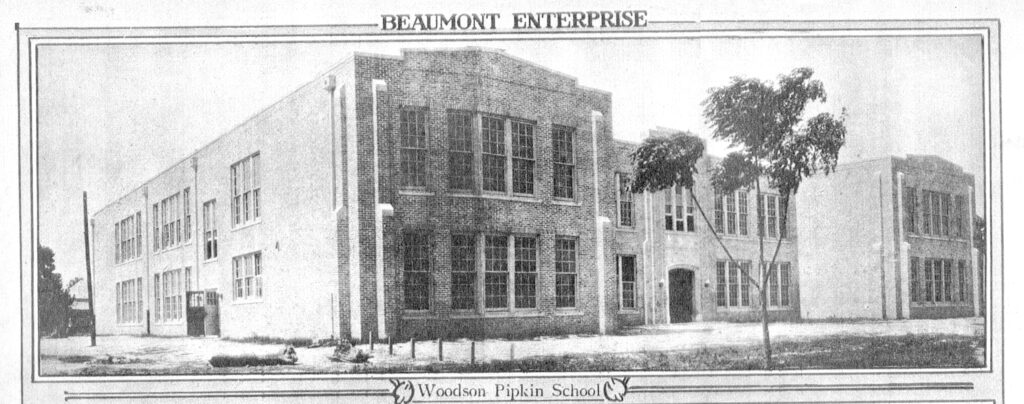


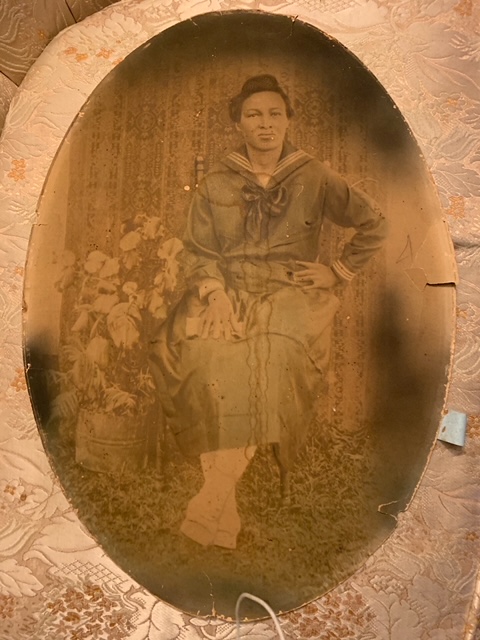




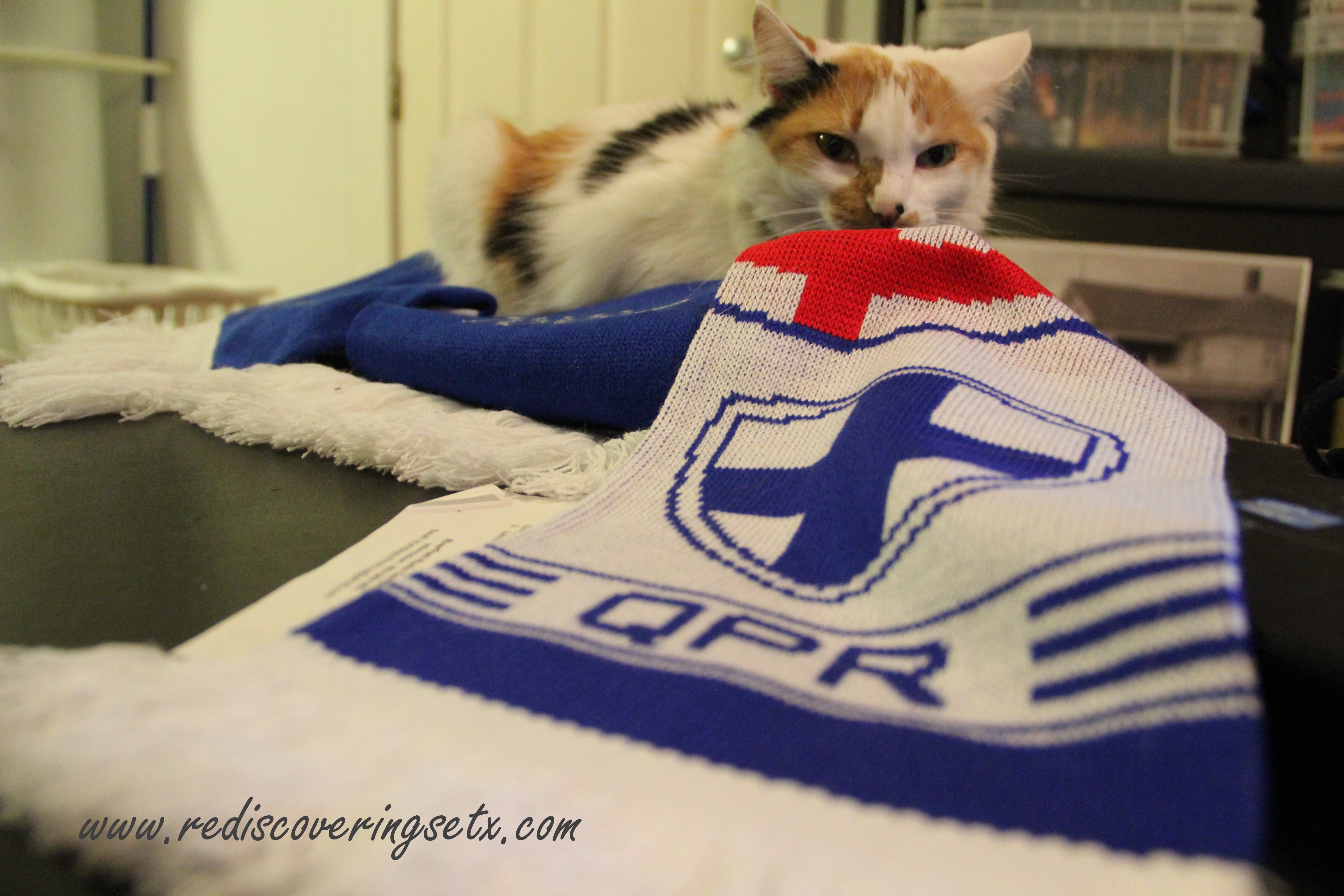

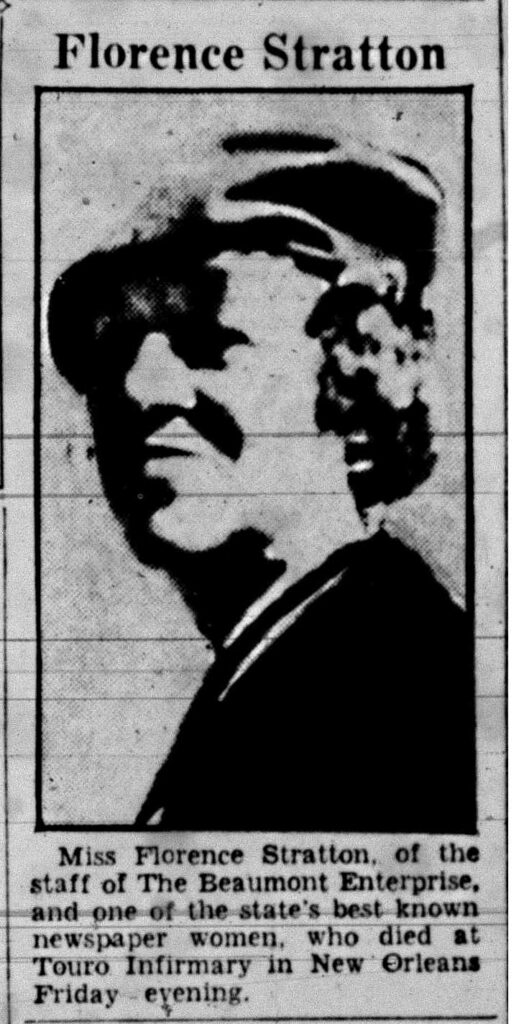
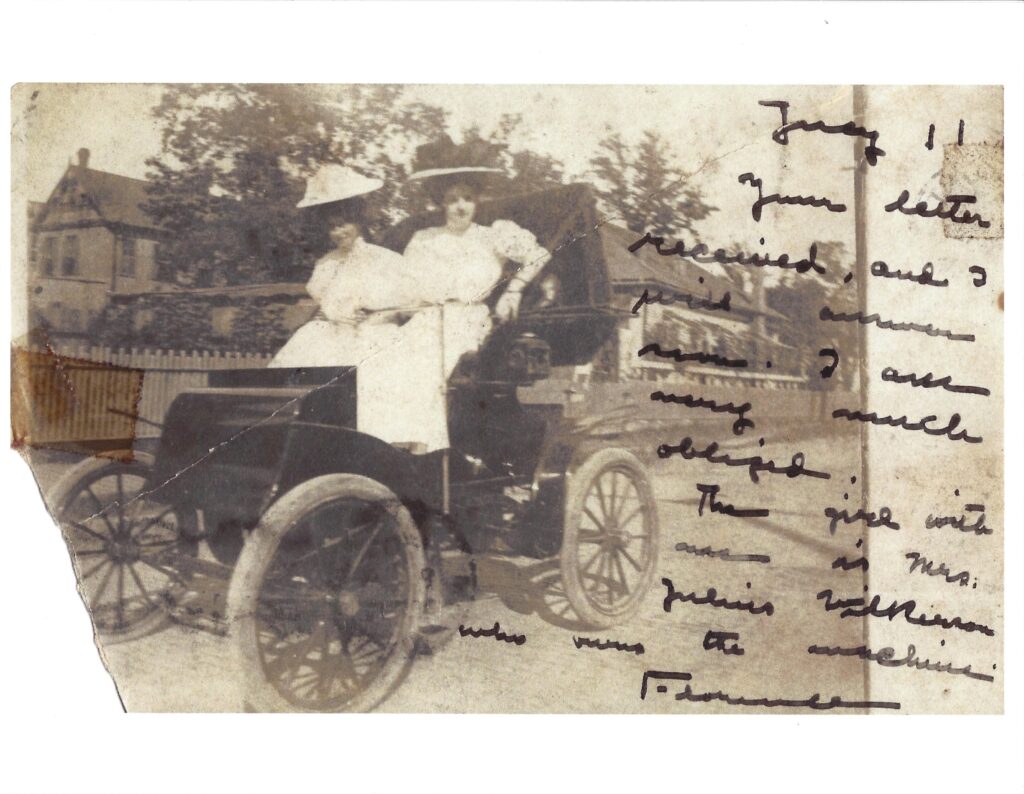
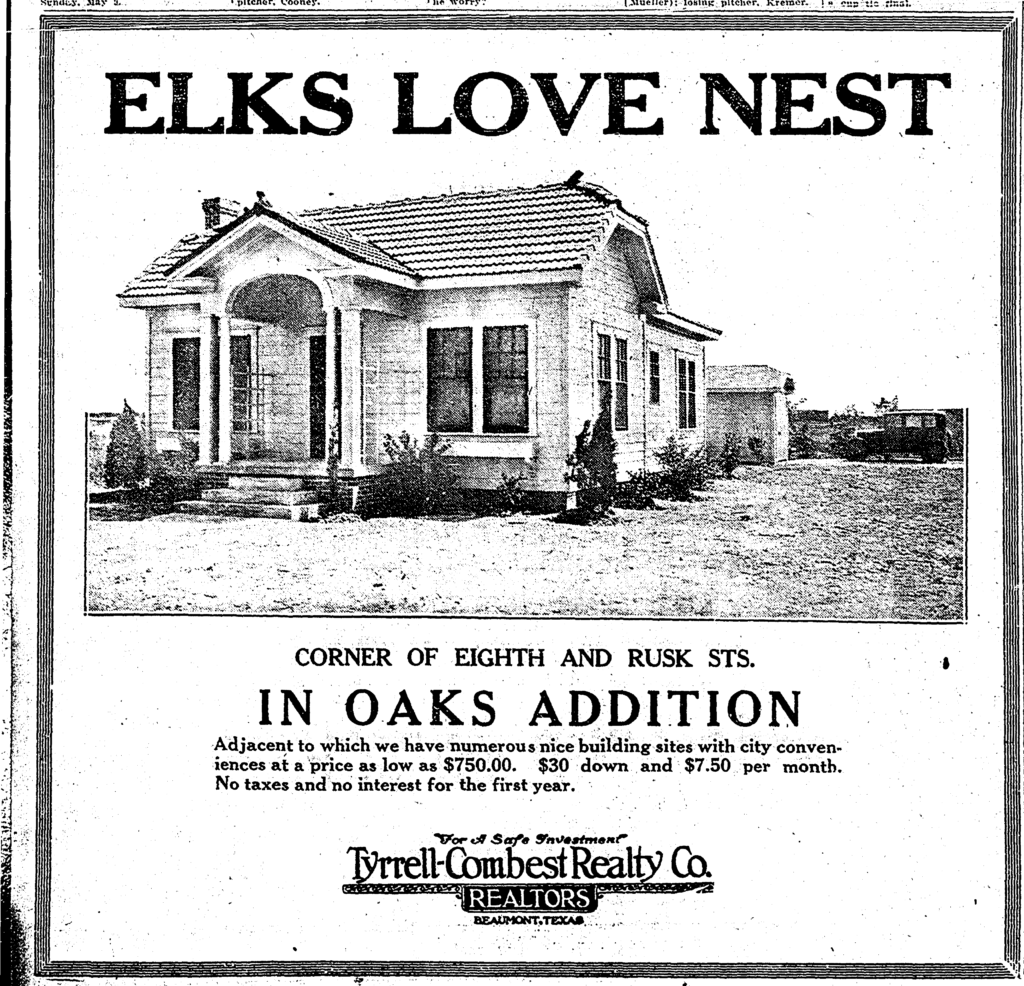
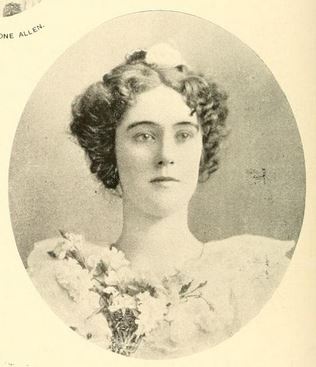
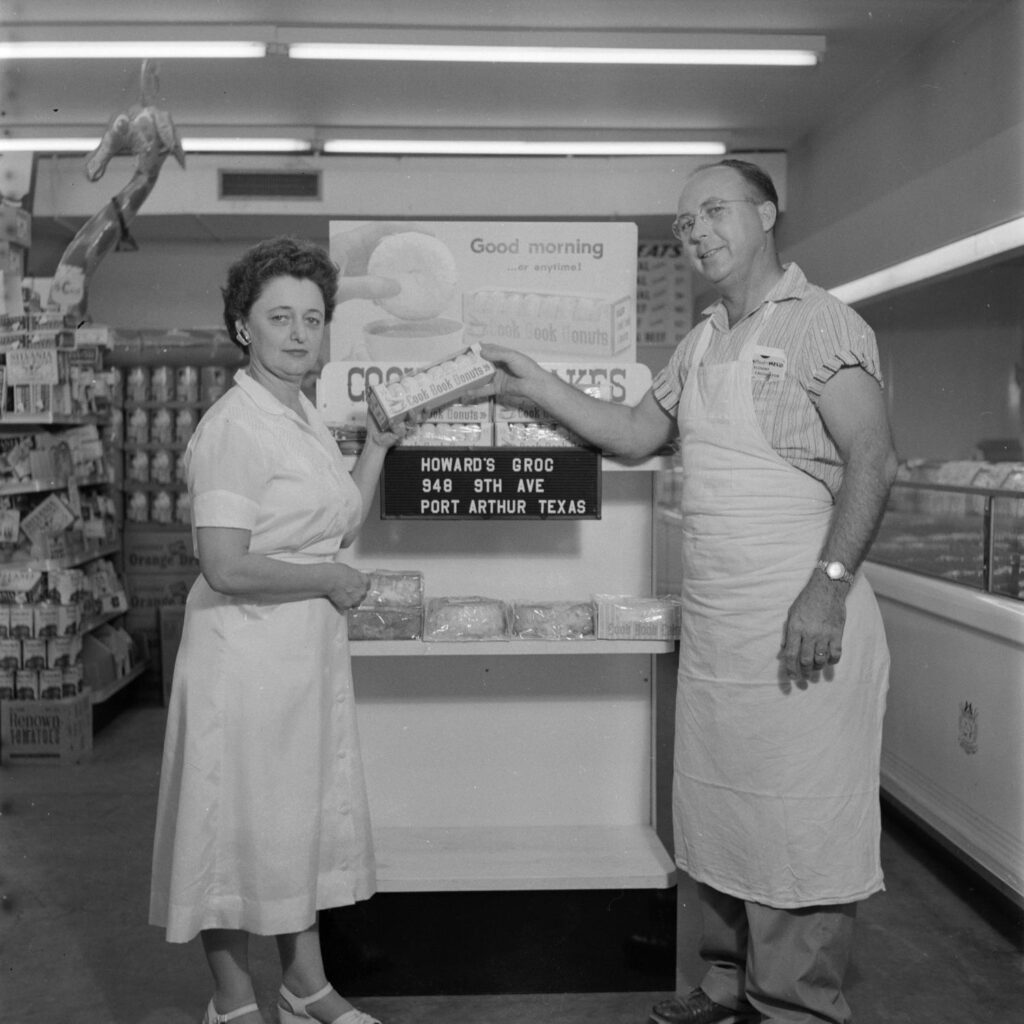
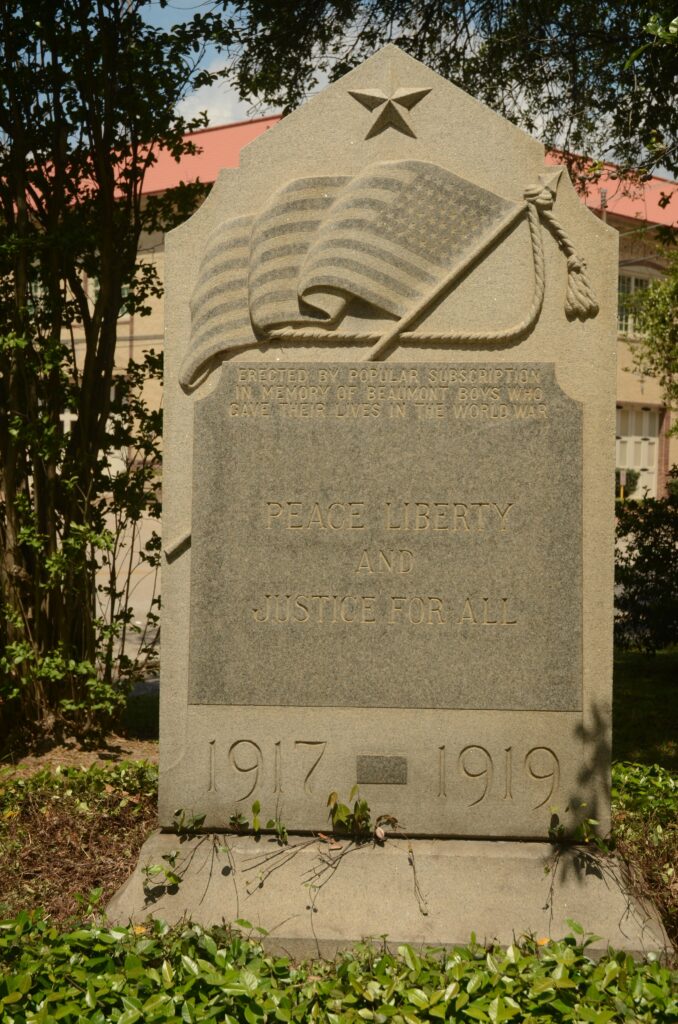
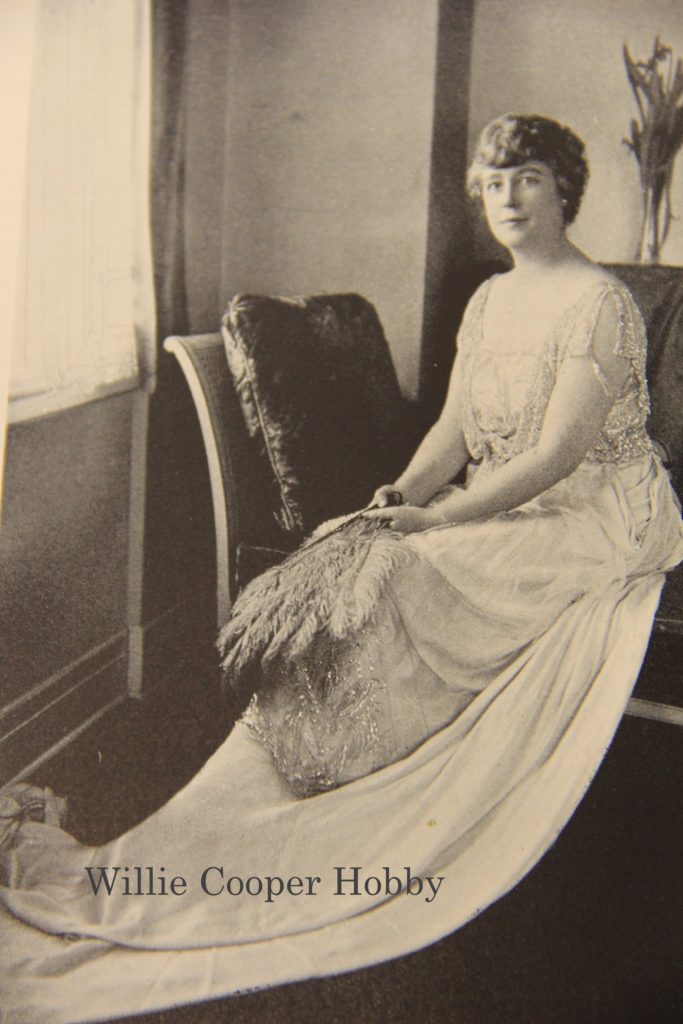
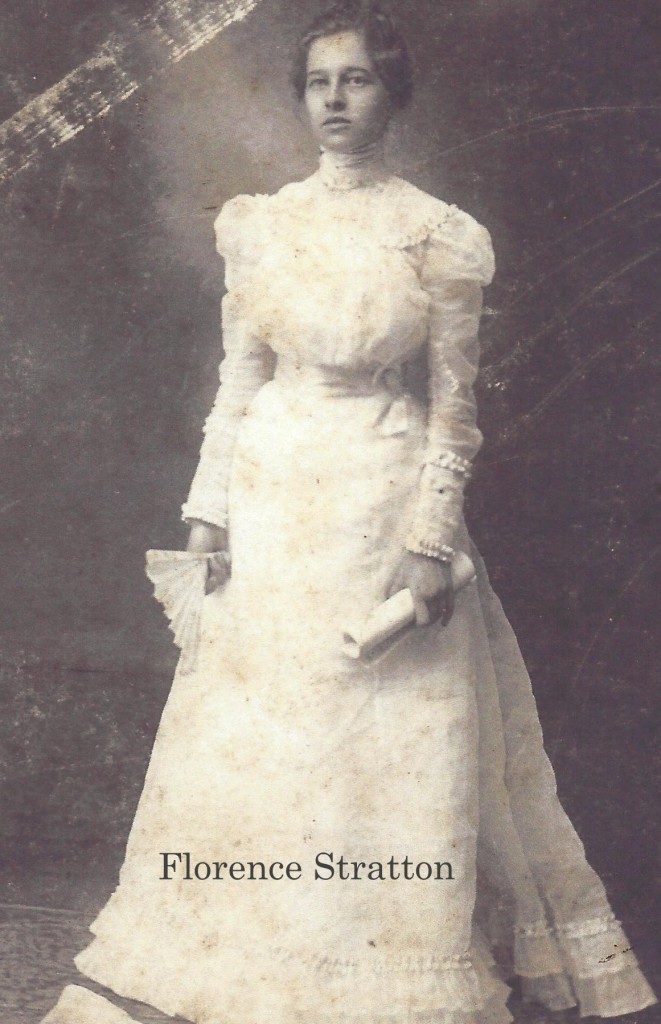
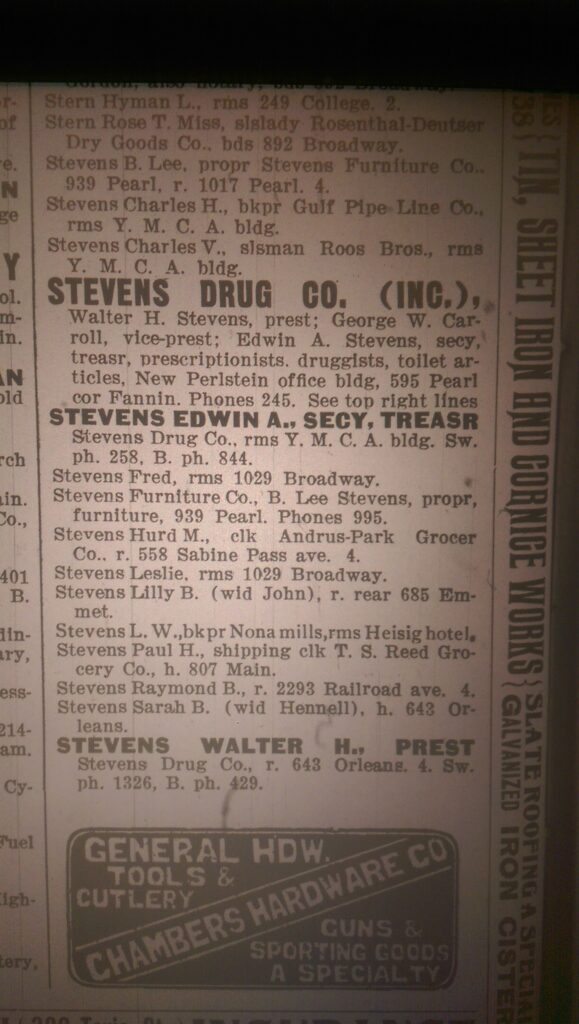
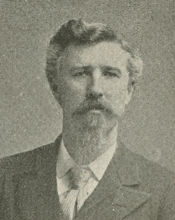
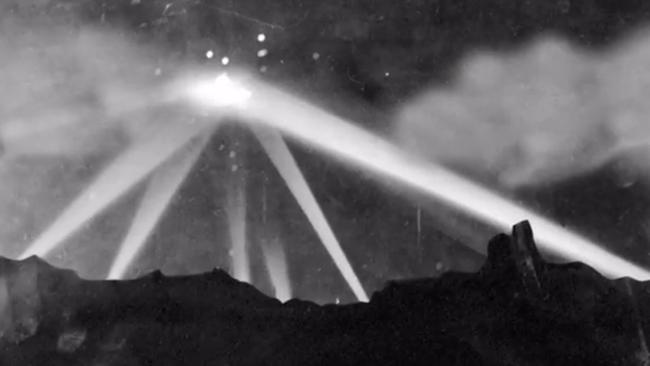

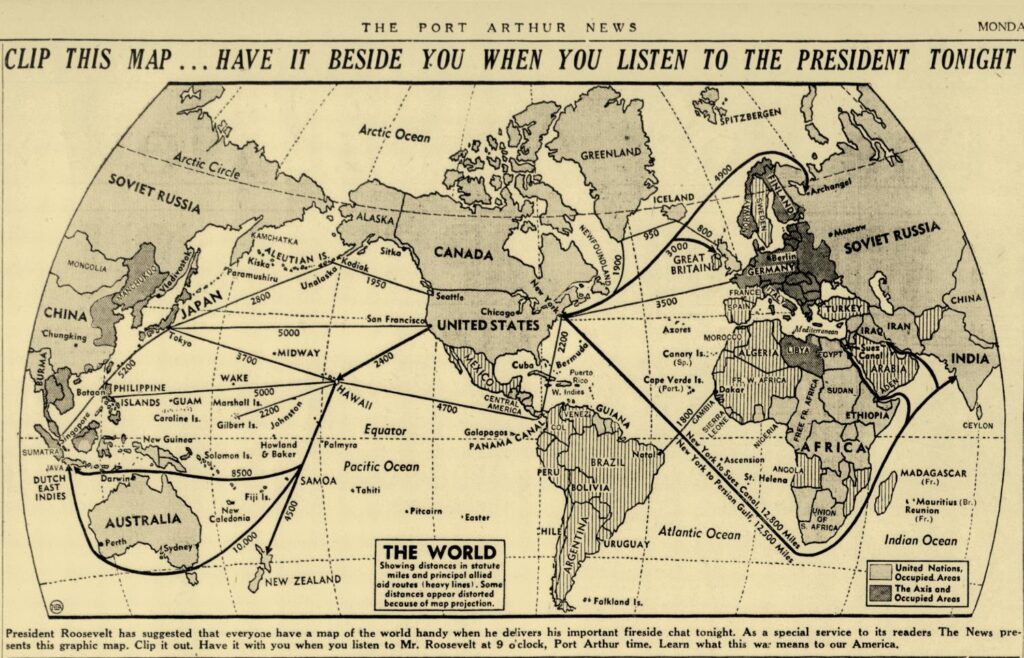
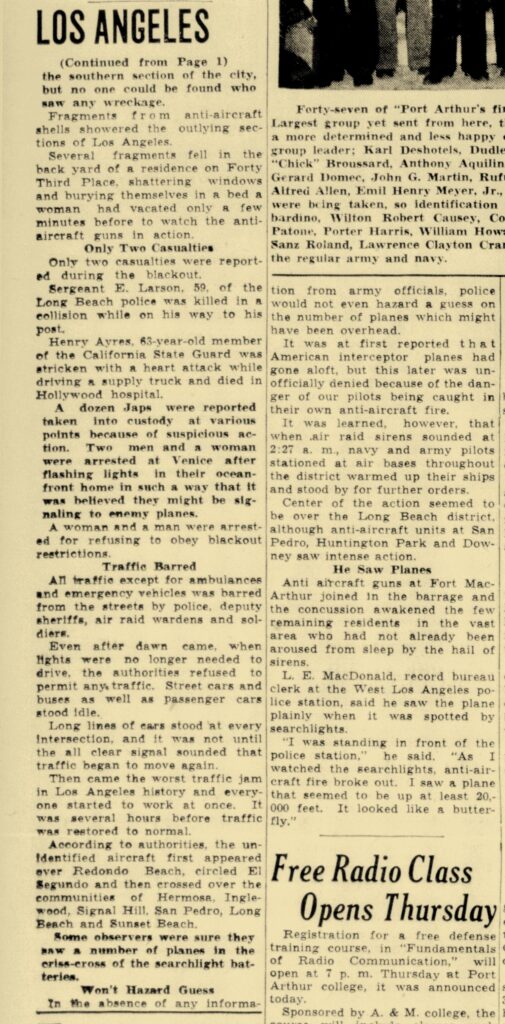
You must be logged in to post a comment.